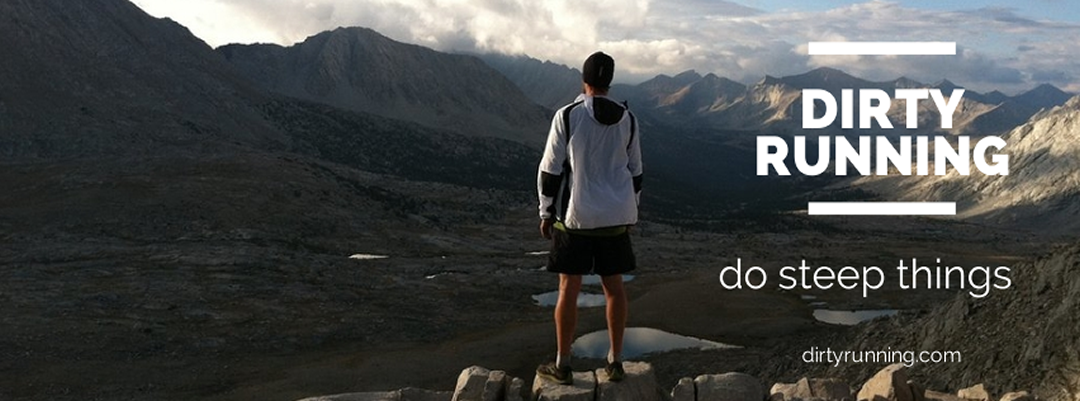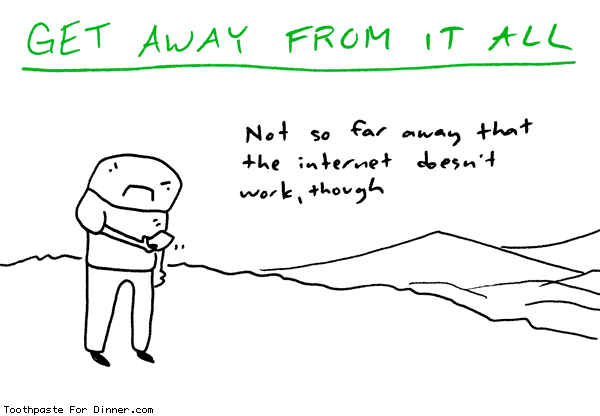Speak to the earth, and it will teach you.Last week I read an excellent post on comfort running. Sarah wrote about her dad and dealing with his illness and loss. It brought back memories of my sister's recent double lung and heart transplant and finding peace on the trails of Palo Alto while Sharlie was undergoing her surgery and recovery in the ICU.
-- Job 12:8
Tuesday was a hard day for me, and reading that came at just the right time. On Monday my wife reminded me that Tuesday was the 18th anniversary of the death of my youngest sister. I don't know why I always forget that anniversary. I guess I'm just bad with dates, so when she reminded me, it kind of shocked me.
Thank you for reading.
I visited Lexi's grave on Tuesday. The grass and weeds were winning the war on the headstone. I stooped down, probably looking more like a landscaper than a grieving brother, wearing dirty running shoes, shorts, a smelly shirt and a hat. I dug with my bare hands to uncover the edges of the stone, and swept the dirt off the dates with my palms, July 28th, 1980 - March 5th, 1995.
I brought flowers, but the flower cup was stuck in the earth, so I dug around it, and pulled, hard with muddy fingers, and slowly alternated between moving it back and forth, swiping the spiders off my fingers, and pulling through the mud. It budged and finally gave. I cleaned the dirt and mud off my hands by rubbing them on the grass and on my shorts.
Eighteen years is a long time, but short, too. I keep thinking it's going to get easier, to feel better, that someday it will just be the faint, happy memories, but it hasn't been like that. Tuesday's sadness was fresh and raw. Some years on this date, I don't really feel anything, just a numbness, but Tuesday was unexpectedly sharp.
It's not the remembrance, but the absence that makes me sad. The shadow of a life, the missing place, that should be filled with warmth, finding love, having children, and laughing until she can't breathe at a family dinner. She would be 32, a woman, and I imagine her comforting her nieces after a tough day, or coming over unannounced just to hang out for the afternoon, maybe sharing some music (her tastes tended to be a little harder, I remember her listening to Metallica before she died, and I imagine we would have swapped tapes, then CDs).
Coming to terms with death is, I think, the hardest thing that we have to do in life. I think we do our best to ignore it, and that is why it comes as such a shock when someone close to us dies. Running helps, though, it helps loosen that tightness in my chest. I leave later this afternoon for a trip to Joshua Tree, and I can't get last year's trip and running with Ben out of my head, and I know that this tightness and hurt deep in my chest will be there until tomorrow, and then I'll run the trails, past the wildflowers and the giant Yucca plants in the interior of the park, a place where most don't go, and I already know I will feel lighter. The trail helps me with that. Writing this helps me with that.
Coming to terms with death is, I think, the hardest thing that we have to do in life. I think we do our best to ignore it, and that is why it comes as such a shock when someone close to us dies. Running helps, though, it helps loosen that tightness in my chest. I leave later this afternoon for a trip to Joshua Tree, and I can't get last year's trip and running with Ben out of my head, and I know that this tightness and hurt deep in my chest will be there until tomorrow, and then I'll run the trails, past the wildflowers and the giant Yucca plants in the interior of the park, a place where most don't go, and I already know I will feel lighter. The trail helps me with that. Writing this helps me with that.
I didn't cry at the cemetery that morning, but afterwards, running down the Broken Hill Trail at Torrey Pines, remembering my youngest sister, and thinking of the struggles of my other two sisters whose lives have been changed by Cystic Fibrosis, I ran hard, covered my eyes with sunglasses and pulled my hat low on that overcast, grey morning.
Thank you for reading.





